What is Pu-erh tea?
Pu-erh tea is one of China's most famous teas, emphasizing brewing techniques and the art of drinking. Its consumption methods are exceptionally diverse, allowing for both plain drinking and mixed drinking. Plain drinking refers to brewing without any additives, commonly seen among the Han Chinese; mixed drinking involves adding preferred ingredients to the tea, popular in Hong Kong and Taiwan, such as chrysanthemum, goji berries, or American ginseng for health benefits.

Durability is one of Pu-erh tea's advantages. Using a gaiwan or purple clay teapot to brew aged Pu-erh tea can yield over 20 infusions, with the flavor and liquor color gradually fading with each brew.
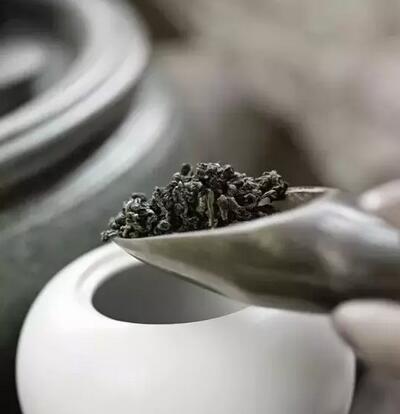
Pu-erh tea is distinctive in its origin, variety, quality, production process, packaging, and consumption. It is mainly produced in Yunnan's Xishuangbanna region, which boasts year-round rainfall, misty conditions, deep fertile soil, and pollution-free advantages, yielding pure green tea. Wild Pu-erh tea trees, some centuries old, are gradually diminishing. To preserve these natural relics, the Yunnan government has intensified efforts to protect ancient tea trees, prohibiting the harvesting of leaves from trees aged 500-800 years.
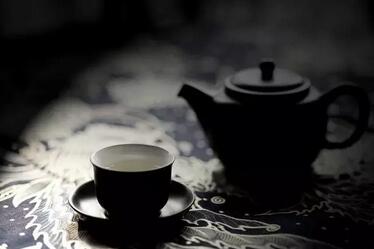
Pu-erh tea trees often grow alongside camphor and jujube trees, imparting unique aromas like camphor or jujube to the brewed tea, enhancing its premium quality.
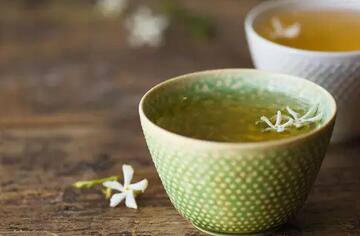
Pu-erh tea was born in 1973.
By 1990, during China's reform and opening-up, tea plantations covered 2.4 million acres, with an annual output of 1.55 million dan (a traditional unit of weight), exporting over 200,000 dan and earning $22.5 million in foreign exchange, marking the pinnacle of Yunnan's tea history. Tea varieties expanded from just sun-dried green tea in 1950 to include roasted green tea, pan-fired green tea, Gongfu black tea, CTC black tea, Pu-erh tea, scented tea, instant tea, premium teas, and artistic teas. Pu-erh tea entered another golden era. Notably, in 1975, Yunnan began producing ripe Pu-erh tea.

In 1975, ripe Pu-erh tea entered production. As awareness and acceptance grew, industrialized mass production became inevitable. However, traditional fermentation was slow, requiring years of aging to develop flavors. In 1984, modern Pu-erh pioneer Wu Qiying solved this issue using scientific inoculation techniques, completing fermentation in just 22 days without compromising quality. This innovation laid the foundation for mass production and global distribution of ripe Pu-erh tea.
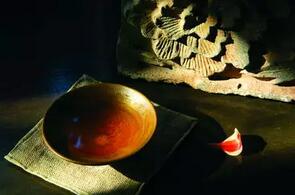
Classification of Pu-erh Tea
By Compression Shape
1. Cake tea: Flat and round, with each "seven-son cake" weighing 357g, seven cakes forming a bundle (2,500g), hence the name.
2. Tuo tea: Bowl-shaped, weighing 100g or 250g; mini tuo tea weighs 2g–5g.
3. Brick tea: Rectangular or square, typically 250g–1,000g, designed for easy transport.
4. Golden melon tribute tea: Semi-melon-shaped, ranging from 100g to several hundred kilograms.
5. Mushroom compact tea: Shaped like a mushroom, ~250g.
6. Pillar tea: Cylindrical, wrapped in bamboo or sheath, weighing 100g to over 1kg.
7. Seven-son cake: Circular cakes, usually seven per bundle, weighing 25g–3kg.
8. Mini tuo: Small round tuo tea, trendy and portable, weighing 2g—the world's smallest Pu-erh.
9. Lao Cha Tou ("old tea heads"): Naturally clumped tender leaves with high pectin content, forming dense nuggets during fermentation. Aged Lao Cha Tou is tightly compressed, fully fermented, and exceptionally durable, offering superb flavor and liquor—the essence of ripe tea!
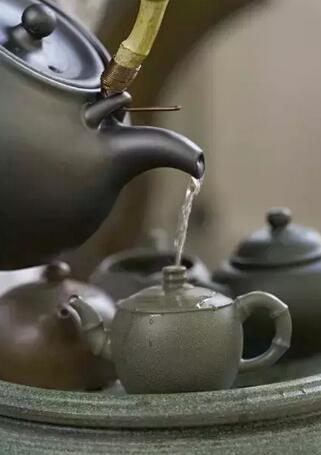
By Fermentation Process
1. Raw tea (Sheng): Fresh leaves aged naturally without pile fermentation. Sheng Pu-erh is robust and stimulating, with a bold bitterness when young. The liquor is light or yellow-green, suitable for aging. Over years, the leaves darken, and the aroma deepens.
2. Ripe tea (Shou): Fermented via pile fermentation for a milder profile. Shou Pu-erh is smooth, mellow, and rich, ideal for daily drinking. High-quality shou Pu-erh also ages well, developing softer, more complex aromas. Note: Ripe tea did not exist before 1973.